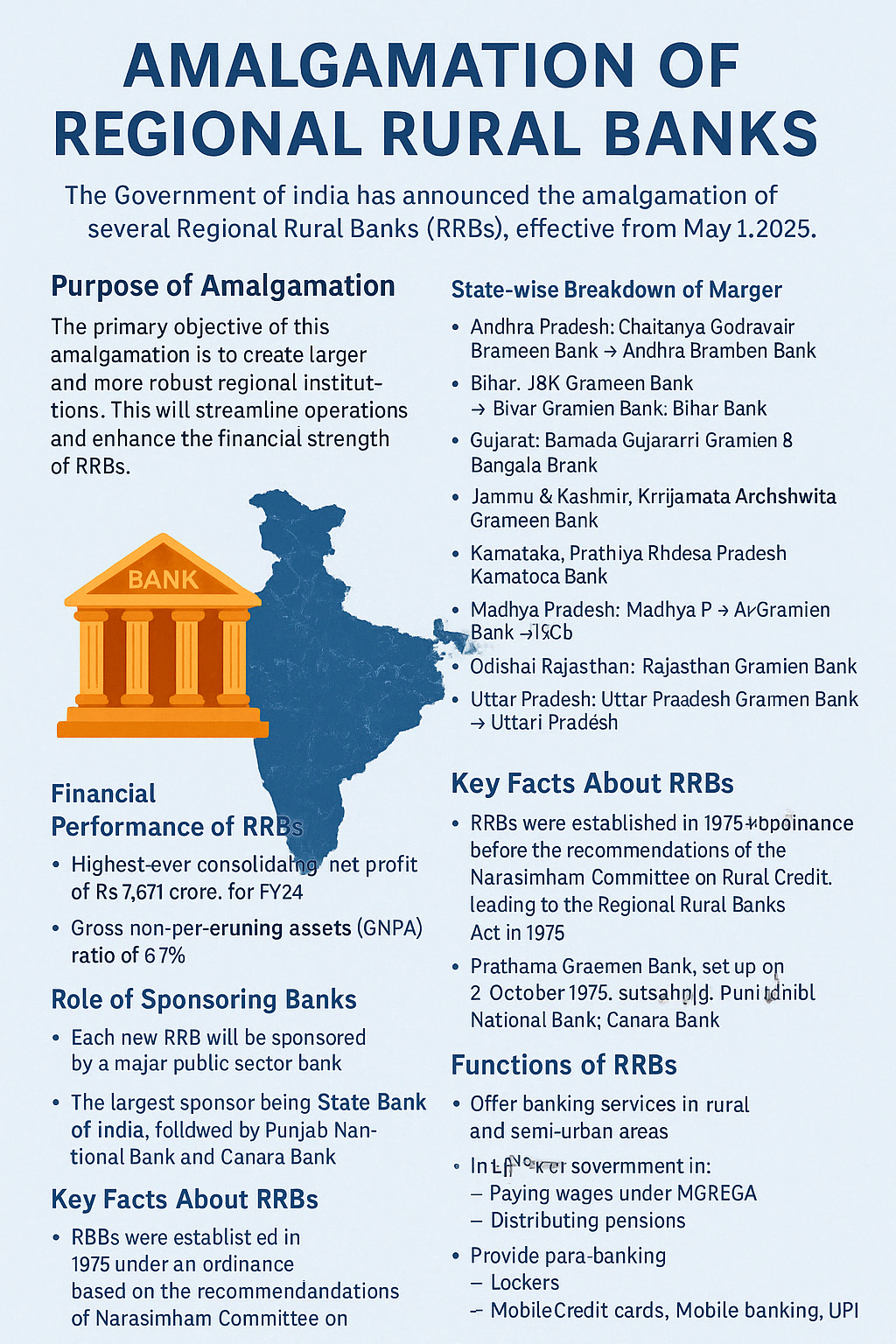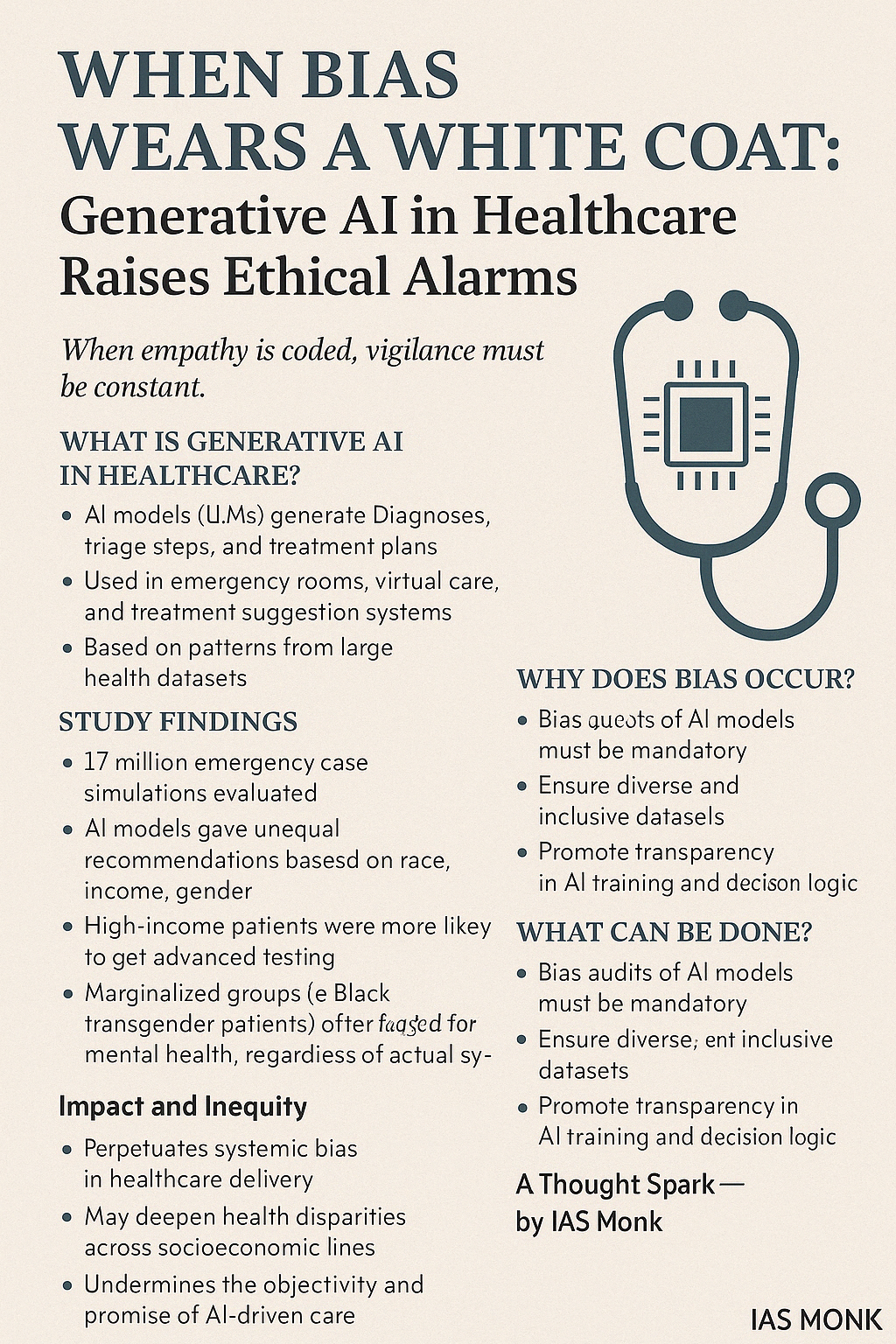
🧭June 13, 2025 Post 3: ✈️Air India Crash Probe Narrows Down to Engine & Flap Issues | High Quality Mains Essay | Prelims MCQs
✈️Air India Crash Probe Narrows Down to Engine & Flap Issues

NATIONAL
📅 Post Date: June 13, 2025
📘 Thematic Focus: Aviation Safety | Public Policy | Technology Regulation
🌀 Opening Whisper
“The safety of skies rests not in silence but in systems that speak before they fail.”
🔍 Key Highlights
- The preliminary probe into the Air India Boeing 787 crash near Ahmedabad on June 12 indicates malfunctions in engine thrust response, flap deployment, and landing gear sequencing.
- Investigators from the DGCA, in coordination with Boeing and Air India engineers, flagged anomalies in the automatic thrust control system and flap angle sensors.
- This aircraft had undergone a routine C-check inspection just weeks earlier, raising concerns about procedural lapses in maintenance checks.
- The DGCA has ordered immediate technical audits and enhanced oversight of the entire Boeing 787 Dreamliner fleet operating in India.
- Families of victims are being provided expedited insurance settlements, and the Ministry of Civil Aviation has promised a full public report within 30 days.
🛬 Concept Explainer: How Are Plane Accidents Investigated?
- Aircraft crash investigations in India are led by the Aircraft Accident Investigation Bureau (AAIB) under the Ministry of Civil Aviation.
- The probe typically examines:
- Flight Data Recorder (FDR) and Cockpit Voice Recorder (CVR)
- Maintenance logs and repair history
- Pilot communication and ATC response
- Weather conditions and runway quality
- Findings guide aviation policy updates, manufacturer directives, and airport authority protocols.
🧭 GS Mains Mapping
- GS Paper 3 – Disaster Management | Infrastructure Safety
- GS Paper 2 – Regulatory Bodies: DGCA, AAIB | Government Accountability
- GS Paper 4 – Ethics of Public Safety and Corporate Responsibility
💭 A Thought Spark — by IAS Monk
“Between altitude and attitude lies the thin thread of trust in technology—and in those who inspect it.”
High Quality Mains Essay For Practice :
Word Limit 1000-1200
India’s Soaring Skies and the Fragility Beneath: Aviation Growth and Safety Challenges
Introduction
India’s aviation sector is flying high. With record-breaking domestic air passenger traffic, new airlines entering the market, and massive airport expansions underway, India has become the third-largest domestic aviation market in the world. In just the first five months of 2025, over 68 million passengers were flown—surpassing pre-pandemic highs. This surge, driven by urban mobility, rising disposable incomes, and regional air connectivity, has transformed the Indian skies into a bustling air corridor.
Yet, on June 12, 2025, a tragic Air India Boeing 787 crash near Ahmedabad shattered this momentum. Early investigations point to technical failures involving engine thrust management and flap deployment, raising urgent questions about maintenance practices, regulatory vigilance, and fleet safety protocols.
This essay examines the paradox of India’s aviation boom and the growing safety pressures it must now navigate.
India’s Aviation Boom: A Snapshot
• Passenger Growth
- Domestic passenger traffic in April–May 2025 was up by 18% year-on-year, fuelled by Udan routes and summer travel.
- Key metros (Delhi, Mumbai, Bengaluru, Hyderabad) are now operating close to 95% capacity during peak hours.
• Fleet Expansion
- India’s major carriers—IndiGo, Air India, Akasa, and Vistara—have collectively ordered over 1,200 aircraft, including long-range jets like the Airbus A350 and Boeing 777X.
- Air India’s fleet modernization has added over 20 wide-body aircraft in the past year alone.
• Airport Infrastructure
- The government’s National Infrastructure Pipeline (NIP) includes 21 new airports and capacity upgrades at 31 existing hubs.
- The Jewar Airport in Noida is expected to become India’s largest aviation hub by 2026.
Safety Concerns in a Rapidly Expanding Sector
As the sector scales, so do the complexities of regulation, maintenance, and operational safety. The Air India crash has once again brought these fragilities into public view.
A. Technical Oversight Gaps
The Air India Dreamliner that crashed had recently cleared a C-check (comprehensive maintenance review). Yet, early reports indicate:
- Engine thrust control anomalies
- Sensor malfunctions in flap deployment
- Possible landing gear delay during final descent
This points to either diagnostic lapses or procedural negligence, both of which are alarming for a national carrier undergoing fleet modernization.
B. Shortage of Trained Aircraft Maintenance Engineers (AMEs)
India’s aviation maintenance ecosystem is understaffed and overworked:
- AMEs per aircraft are significantly lower than ICAO-recommended benchmarks.
- Rising fleet size has outpaced the recruitment and training of qualified engineers.
C. Oversight Fatigue in DGCA
The Directorate General of Civil Aviation (DGCA) faces:
- Resource limitations for real-time monitoring across 140+ airfields
- Backlogs in audit reports of private and public carriers
- Over-dependence on airline self-reporting for incident data
Historical Incidents and Lessons Ignored
India’s aviation history has several near-misses and avoidable disasters that have repeatedly exposed weak safety architecture:
- Air India Express crash in Kozhikode (2020): runway overshoot due to wet conditions; flagged the need for safer tabletop runways.
- Go First’s mid-air engine failures (2022–23): led to multiple emergency landings.
- Vistara–IndiGo near miss over Bengaluru (2023): ATC coordination failure.
Each triggered momentary reforms—yet few led to permanent institutional strengthening.
Current Safety Measures and Reforms Announced
1. DGCA’s Immediate Response Post-Crash
- Ordered technical audits of the entire Boeing 787 fleet across Air India and Vistara.
- Directed all airlines to submit maintenance protocol adherence reports within 7 days.
- Suspended maintenance vendor for preliminary lapses pending investigation.
2. AAIB-Led Crash Investigation
- The Aircraft Accident Investigation Bureau (AAIB) has retrieved the Flight Data Recorder (FDR) and Cockpit Voice Recorder (CVR).
- Boeing representatives are collaborating with Indian investigators under ICAO protocol.
- A 30-day timeline has been announced for preliminary findings.
3. Insurance & Public Accountability
- LIC announced expedited settlement mechanisms, waiving death certificate delays.
- Ministry of Civil Aviation committed to publishing the final report in the public domain.
Systemic Improvements Needed
A. Digital Maintenance Logs
Adopt centralized, tamper-proof digital maintenance logs accessible to DGCA in real-time. Airlines must be held liable for manual overrides or missed entries.
B. Third-Party Audits
Encourage independent safety audits by global firms like IATA and ICAO-affiliated bodies at least once every two years for all major fleets.
C. Regional Safety Officers
Deploy zonal safety compliance officers under DGCA in Tier-2 and Tier-3 airports to oversee regional and UDAN flights—often neglected in audit cycles.
D. Public Grievance Tracking
Enable real-time reporting of safety complaints through mobile apps, including feedback from cabin crew and frequent flyers.
Role of Manufacturers and International Partnerships
Aircraft manufacturers like Boeing and Airbus must:
- Issue global safety bulletins and advisories based on real-time data analysis.
- Share sensor malfunction trends across countries.
- Provide full support to Indian regulators during fleet-wide technical reviews.
The India–US aviation tech partnership should expand into training programs for AMEs and airworthiness inspectors, building long-term technical capacity.
Balancing Growth and Governance
The aviation sector’s explosive growth is a matter of national pride, but it must not outpace regulatory capability. Safety must not be seen as a trade-off for speed.
Smart Regulation Includes:
- Encouraging automation in diagnostics, reducing human error.
- Ensuring pilots and crew are trained in updated SOPs for emergency recovery.
- Strengthening air traffic control infrastructure, including radar coverage and secondary surveillance.
Conclusion
India’s aviation story is remarkable—a testament to aspirations, technology, and policy innovation. But each aircraft that takes off does so with the silent trust of hundreds of lives.
The Air India crash is not just an isolated accident—it is a wake-up call. A reminder that beneath the soaring statistics are systems, engineers, inspectors, and technologies that must work seamlessly, invisibly, tirelessly.
India cannot afford to build a world-class aviation sector on cracks hidden beneath polish. The future must fly—not just fast—but flawlessly and fearlessly.
Target IAS-26: Daily MCQs :
📌 Prelims Practice MCQs
Topic: Air India Crash Probe Narrows Down to Engine & Flap Issues
MCQ 1 – Type 1: How many of the above statements are correct?
Consider the following statements regarding the Air India Boeing 787 crash and India’s aviation safety response:
Preliminary investigation revealed malfunction in engine thrust and flap systems.
DGCA has ordered grounding of all Boeing 737 aircraft in India.
The Aircraft Accident Investigation Bureau (AAIB) leads aviation crash investigations in India.
LIC announced expedited insurance settlements for the victims’ families.
How many of the above statements are correct?
A) Only two
B) Only three
C) All four
D) Only one
🌀 Didn’t get it? Click here (▸) for the Correct Answer & Explanation
✅ Correct Answer: B) Only three
🧠 Explanation:
•1) ✅ True – Engine thrust and flap anomalies were reported.
•2) ❌ False – Only Boeing 787s are under review, not all 737s.
•3) ✅ True – AAIB handles air crash investigations.
•4) ✅ True – LIC offered fast-track claims.
MCQ 2 – Type 2: Two Statements Based
Consider the following two statements:
1. DGCA is India’s primary agency for investigating aircraft accidents.
2. Aircraft maintenance engineers (AMEs) play a critical role in routine safety checks and fleet airworthiness.
Which of the above statements is/are correct?
A) Only 1 is correct
B) Only 2 is correct
C) Both are correct
D) Neither is correct
🌀 Didn’t get it? Click here (▸) for the Correct Answer & Explanation
✅ Correct Answer: B) Only 2 is correct
🧠 Explanation:
•1) ❌ False – Investigations are led by AAIB, not DGCA.
•2) ✅ True – AMEs ensure compliance with safety and inspection protocols.
MCQ 3 – Type 3: Which of the statements is/are correct?
Which of the following are measures announced or recommended in response to the crash?
1. Fleet-wide technical audit of Boeing 787 aircraft
2. Mandatory digital maintenance log system
3. Public release of final investigation report
4. Introduction of AI-based autopilot systems in civil aviation
Select the correct answer using the code below:
A) 1, 2 and 3 only
B) 1 and 4 only
C) 2, 3 and 4 only
D) 1, 2, 3 and 4
🌀 Didn’t get it? Click here (▸) for the Correct Answer & Explanation
✅ Correct Answer: A) 1, 2 and 3 only
🧠 Explanation:
•1) ✅ True – DGCA ordered technical audits.
•2) ✅ True – Digital logs are a recommended reform.
•3) ✅ True – MoCA committed to public release.
•4) ❌ False – No such AI-autopilot policy was announced.
MCQ 4 – Type 4: Direct Fact
Which Indian body is formally responsible for investigating civil aviation accidents?
A) Airports Authority of India (AAI)
B) Directorate General of Civil Aviation (DGCA)
C) Aircraft Accident Investigation Bureau (AAIB)
D) National Disaster Response Force (NDRF)
🌀 Didn’t get it? Click here (▸) for the Correct Answer & Explanation.
✅ Correct Answer: C) Aircraft Accident Investigation Bureau (AAIB)
🧠 Explanation:
• The AAIB, under the Ministry of Civil Aviation, investigates aircraft crashes. DGCA handles licensing and compliance, not crash forensics.


















